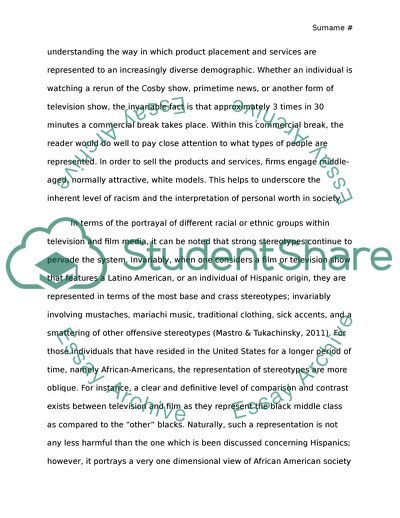Cite this document
(Racial Stereotypes in Television and Film Media Essay Example | Topics and Well Written Essays - 1250 words, n.d.)
Racial Stereotypes in Television and Film Media Essay Example | Topics and Well Written Essays - 1250 words. https://studentshare.org/social-science/1811137-racial-profiing
Racial Stereotypes in Television and Film Media Essay Example | Topics and Well Written Essays - 1250 words. https://studentshare.org/social-science/1811137-racial-profiing
(Racial Stereotypes in Television and Film Media Essay Example | Topics and Well Written Essays - 1250 Words)
Racial Stereotypes in Television and Film Media Essay Example | Topics and Well Written Essays - 1250 Words. https://studentshare.org/social-science/1811137-racial-profiing.
Racial Stereotypes in Television and Film Media Essay Example | Topics and Well Written Essays - 1250 Words. https://studentshare.org/social-science/1811137-racial-profiing.
“Racial Stereotypes in Television and Film Media Essay Example | Topics and Well Written Essays - 1250 Words”. https://studentshare.org/social-science/1811137-racial-profiing.


